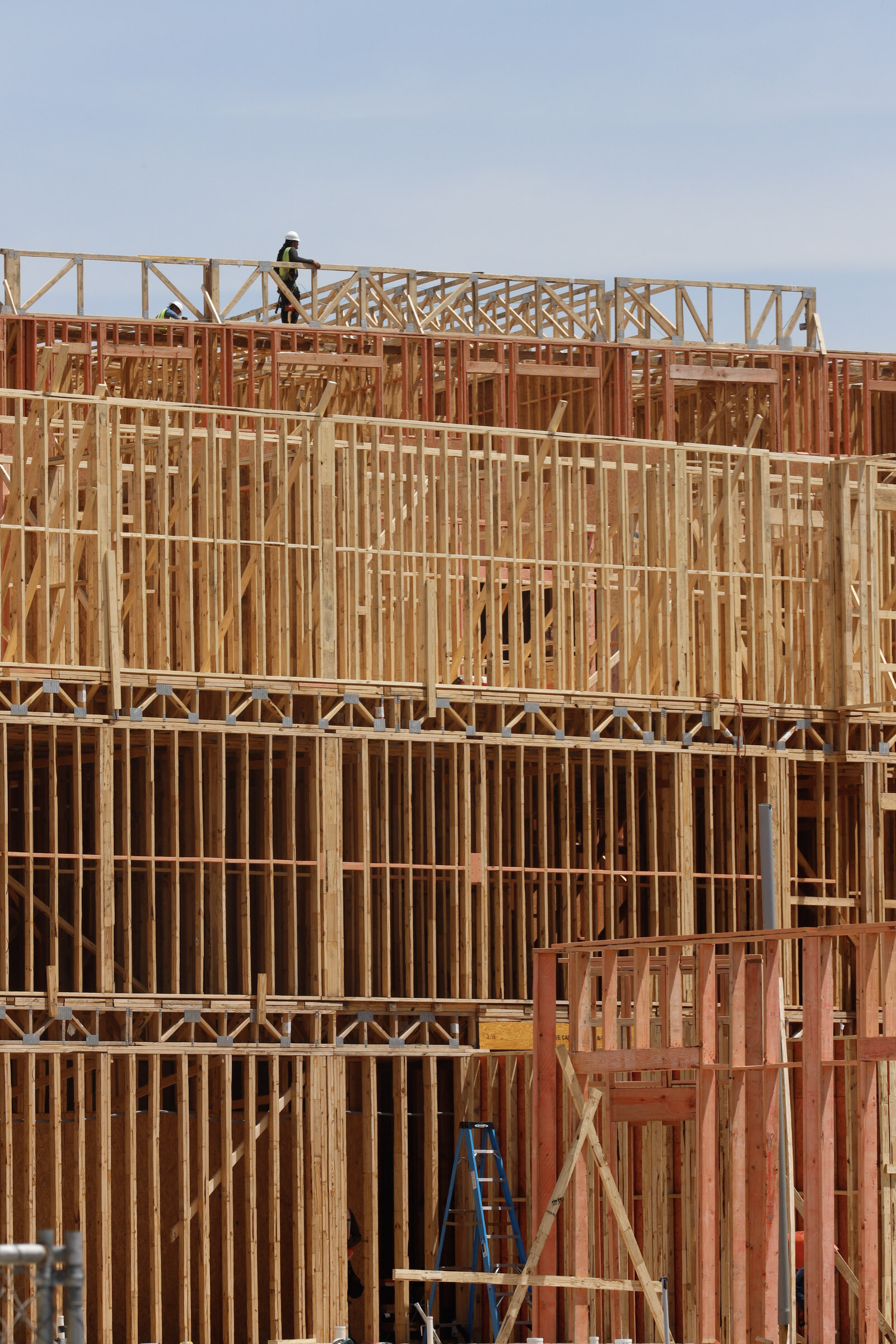Resource Design Values
Southern Pine
Resource Design Values
The lumber industry conducts ongoing testing and invests millions of dollars to provide the most accurate and reliable design values for structural lumber. However, design values for all sizes and grades of visually graded Southern Pine change over the years based on available test data.
Resource design values provide guidance for designers to calculate the performance of a structural system and are assigned to six basic lumber properties. Design values for stiffness – as well as the major strength properties of bending, tension, and compression parallel-to-grain – are based on destructive testing data of commercially produced structural lumber samples.
Comprehensive lumber testing is conducted as new technology becomes available or as warranted by changing resource data. The first significant lumber tests began in the 1920s, resulting in design values based on the strength of small clear-wood specimens. The most recent design values became effective June 1, 2013. These resource design values were determined from destructive tests of more than 7,400 full-size samples of commercially produced Southern Pine that resulted in more than 300,000 data points.
Resource design values for Southern Pine lumber are published by the Southern Pine Inspection Bureau (SPIB) after approval from the American Lumber Standard Committee’s (ALSC) Board of Review.

RESOURCES
Disclaimer:
The Southern Forest Products Association (SFPA) does not test lumber or establish design values. Neither SFPA, nor its members, warrant the design values are correct and disclaim responsibility for injury or damage resulting from the use of such design values.
The SPIB Standard Grading Rules for Southern Pine Lumber provide guidance for numerous visual and mechanical lumber grades. However, not all of those possible grade/size combinations are produced or used in the marketplace. Check with your suppliers as available grades and sizes are subject to change.
Neither SFPA, nor its members, have knowledge of the quality of materials, workmanship or construction methods used on any construction project, and accordingly, do not warrant the technical data, design, or performance of the lumber in completed structures.